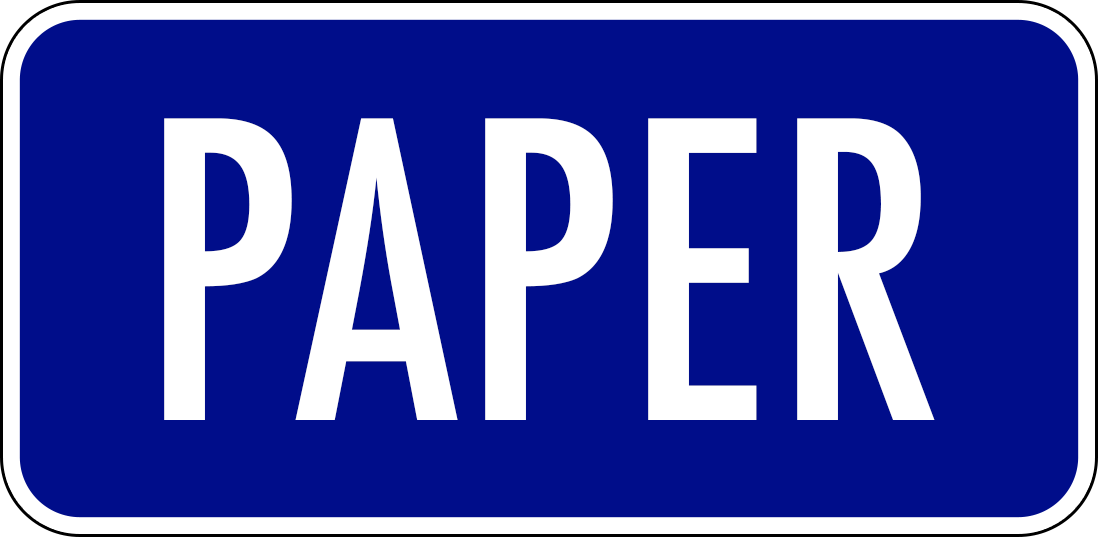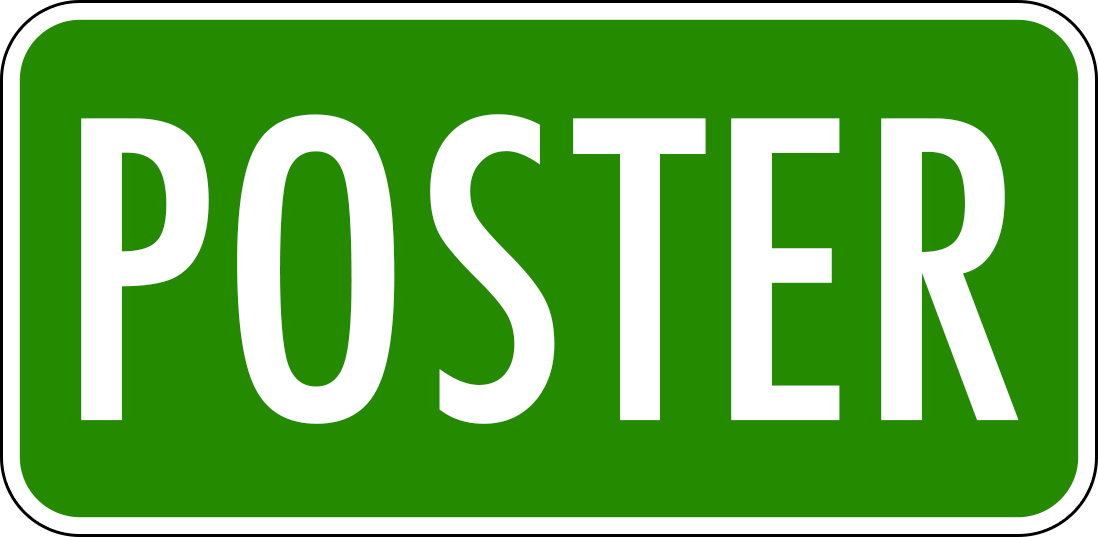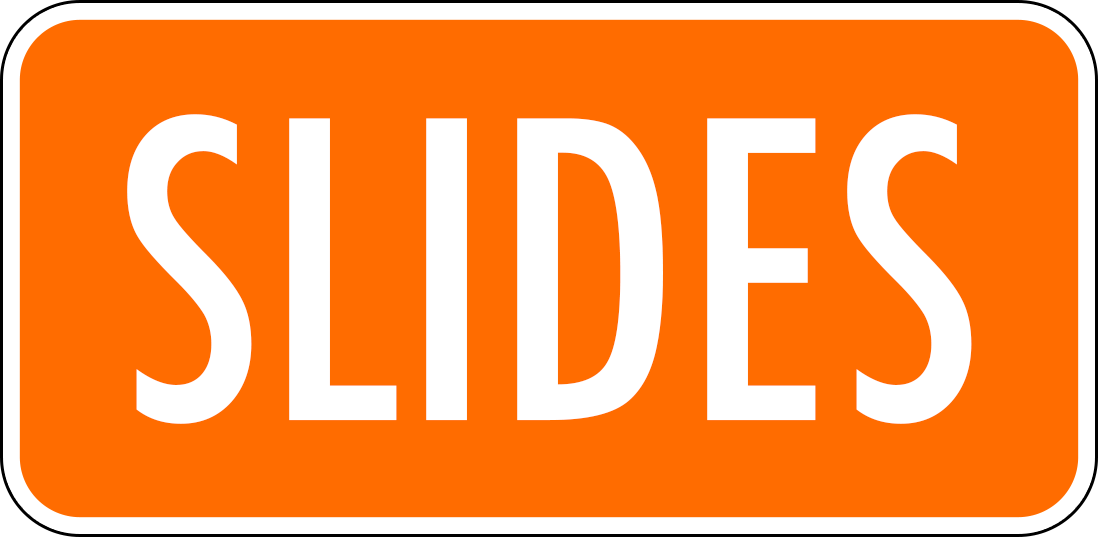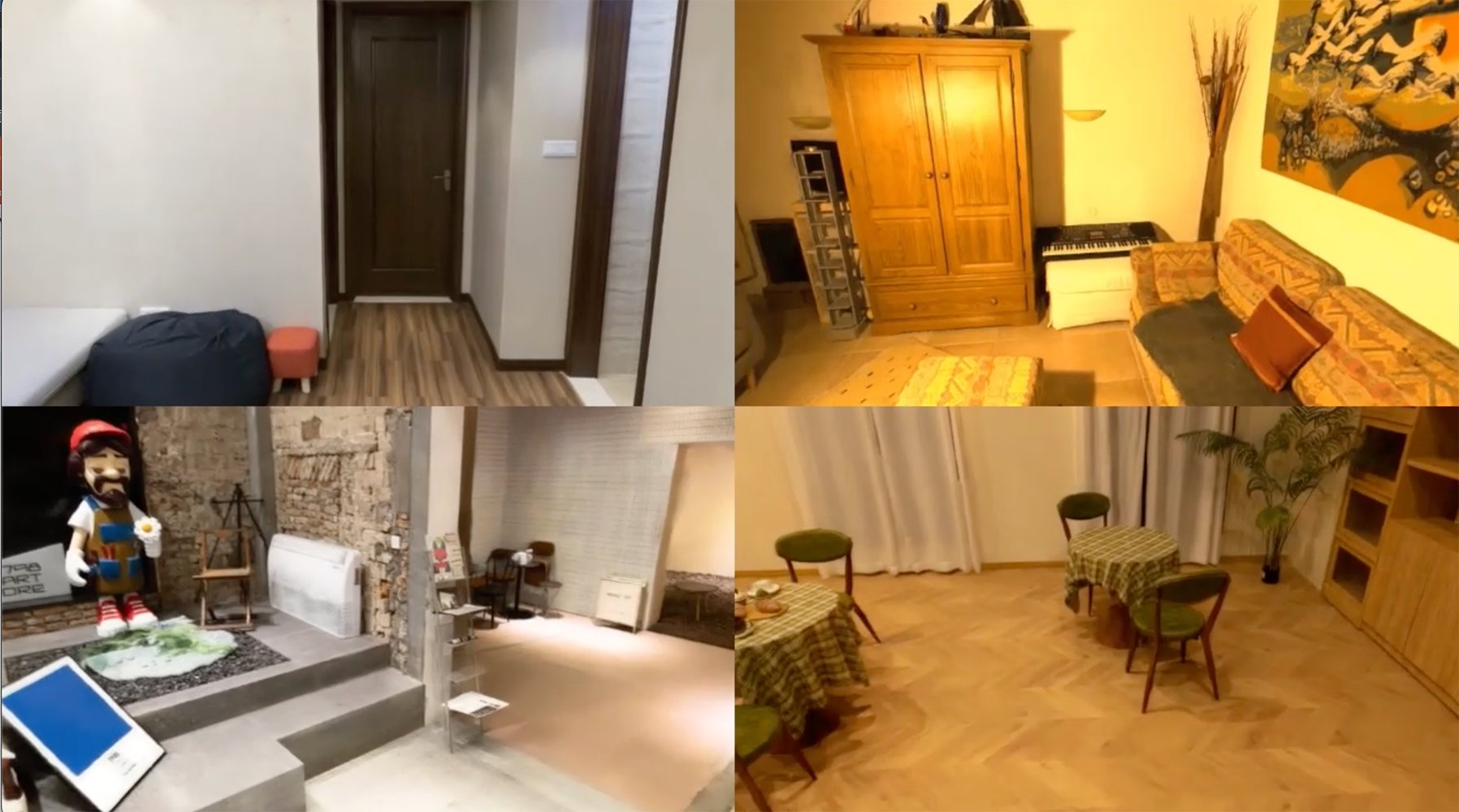Neural Fields for Scalable Scene Reconstruction
From Design Computation
DC I/O 2022 Keynote by James Tompkin. https://doi.org/10.47330/DCIO.2022.AXBL8798 |  |
|  |
|  |
| 
Abstract
Neural fields are a new (and old!) approach to solving problems over spacetime via first-order optimization of a neural network. Over the past three years, combining neural fields with classic computer graphics approaches have allowed us to make significant advances in solving computer vision problems like scene reconstruction. I will present recent work that can reconstruct indoor scenes for photorealistic interactive exploration using new scalable hybrid neural field representations. This has applications where any real-world place needs to be digitized, especially for visualization purposes.
Keywords
Bibliography
- Anderson, T.T., 2011. Complicating Heidegger and the Truth of Architecture. The Journal of Aesthetics and Art Criticism 69, 69–79.
